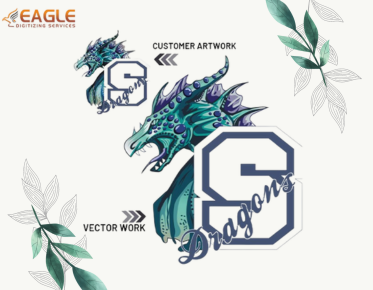How to Clean a Screen Printing Screen
Maintaining clean screens in screen printing is essential for ensuring high-quality print results and prolonging the life of your screens. The cleaning process involves several key steps to remove ink, emulsion, and other residues effectively. Let's explore the complete guide to cleaning screen printing screens.
Initial Ink Removal
The first step in cleaning a screen printing screen is removing excess ink right after printing. Use a plastic scraper to remove the ink from the screen. Make sure not to apply too much pressure, which can stretch or damage the mesh.
Using Ink Wash
After scraping most of the ink off, apply an ink wash or screen printing cleaning solvent. Solvents effectively break down ink residues, facilitating easier removal. Allow the solvent to sit on the surface as per product instructions, usually a few minutes, then wipe it with a soft cloth or sponge.
Stencil Remover Application
To remove emulsion if the screen is no longer needed for the same print job, apply a stencil remover. These chemicals are designed to break down the light-sensitive screen areas used in the print process. Be sure to coat both sides of the screen and let it sit for the recommended time.
High-Pressure Rinse
After the solvent and stencil remover have done their job, use a high-pressure hose to wash down the screen. Ensure to direct the water evenly across the screen, removing all emulsion and ink residues from the mesh. Avoid too much force to prevent damaging the mesh.
Degreasing the Screen
Once the bulk residues are removed, degreasing the screen is an important step to ensure no oils or greasy residues are left on the mesh. A clean screen improves the adhesion of emulsion in future prints and reduces the risk of print defects. Use a degreasing solution, scrub lightly, and rinse thoroughly with water.
Drying and Storage
After cleaning, allow the screens to dry completely before storing them. Use a fan or air blower in a well-ventilated area to speed up drying. Ensure that the screen is stored in a dust-free environment to prevent contamination.
Benefits of Regular Screen Maintenance
Regular cleaning and maintenance of screen printing screens is essential for achieving consistent print quality and extending the usability of the screen. Moreover, well-maintained screens prevent ink contamination and reduce setup time for new jobs.
Advancements in Screen Printing Services
Professional service providers like Eagle Digitizing offer specialized services in setting up and maintaining your screen printing resources. Their proficient screen printing solutions provide businesses with high-quality outputs, leveraging advanced raster to vector services to ensure image clarity and precision for complex designs.
As technology and techniques in screen printing evolve, the integration of innovative cleaning protocols and maintenance routines can substantially enhance your operation's efficiency. Whether you are a small business or a large-scale production enterprise, focusing on the meticulous care of your screen printing screens is pivotal for sustaining quality and client satisfaction.
Consider the possibilities that synchronized cleaning and technological advancement bring for the future of screen printing. How can emerging technologies further streamline the cleaning processes, potentially integrating automated or eco-friendlier solutions?



